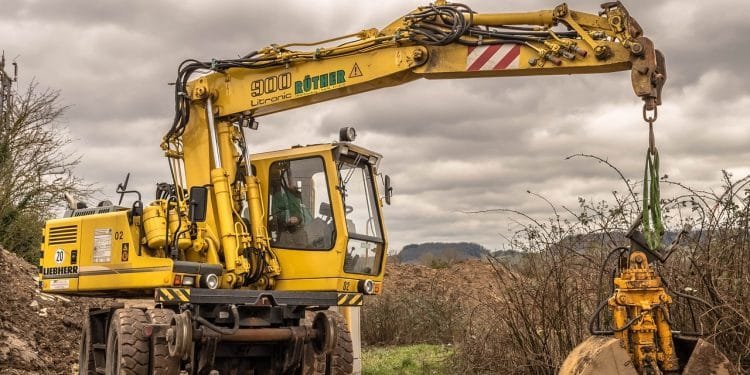Material take-off is an essential element of detailed construction cost-estimating software. Construction material takeoff is made for projects. They are prepared by general contractors and estimators they can be easy to very complex. We will try and break down the process of material takeoff to show its importance.
What is a material takeoff?
Construction material takeoffs are made to provide two kinds of information, first, a material takeoff is made to give an exhaustive list of materials required for a construction project. Second, it gives detailed cost estimates for each material needed for a project. These cost estimates are incorporated into a complete material cost for the project.
The information included in a material takeoff:
Building material takeoff list plays an important role in the construction cost estimating process, two broad categories are a part of material takeoff firstly, it must include a comprehensive breakdown of all materials for a project, and secondly, it will provide prices for these materials.
Material Quantities:
Material quantities for construction cost estimates are very important. One of the main purposes of a material takeoff is to give an accurate estimate of the list of materials that will be needed for the project. It usually depends on the scale and complexity of the project. The estimator must first find out what materials are needed for a project. This can be found out about from blueprints, architectural drawings, or project plans. The individual or team that will be in charge of preparing this will coordinate with the project engineer or architect to make a list of necessary materials. Residential construction material take off is used to figure out the exact quantities of materials for a project.
Material takeoff provides an exhaustive list of materials along with their associated quantities. They are used as a reference to understand exactly what materials must be ordered for a construction project. Specifying the quantities of materials accurately is essential. 4 different types of quantities are involved in material takeoff.
- A simple count of light fixtures, hinges, windows, etc. Each related product will have a description.
- Some materials will need to be quantified using lengths, such as lumber, steel piping, molding, or ducting.
- Some materials must be quantified using volume, this is essential for liquid materials, such as concrete or asphalt.
- And some materials will need to be quantified by area. It is generally used for such items as flooring, roofing, or tile and is carried out in the form of sq ft.
Material Costs:
In the cost estimation process, a breakdown of material costs is also required. Estimating construction material costs can be time-consuming. It required a person to prepare the estimate to apply an estimated cost to each type of material needed for the project. Once a breakdown of material costs has occurred, the estimator can then determine the total material cost for the project.
Assigning material costs to each specific material can be quite time-consuming depending on how it is achieved and the extent of the project. For large projects, this can be difficult. The material takeoff can help in securing bids for materials costs from a source that provides location-specific material costs. Sometimes the method of getting bids from material suppliers is used and other times material costs are determined from a self-created database that includes costs for commonly used materials. The second approach is usually applied when the work has been regular for some time and you have contractors who have real-time material costs.
To sum it up:
Materials take-off is very essential for cost estimating. Nowadays construction estimating software is utilized for this purpose, they are way more accurate and it helps in determining the materials and the costs.

















































